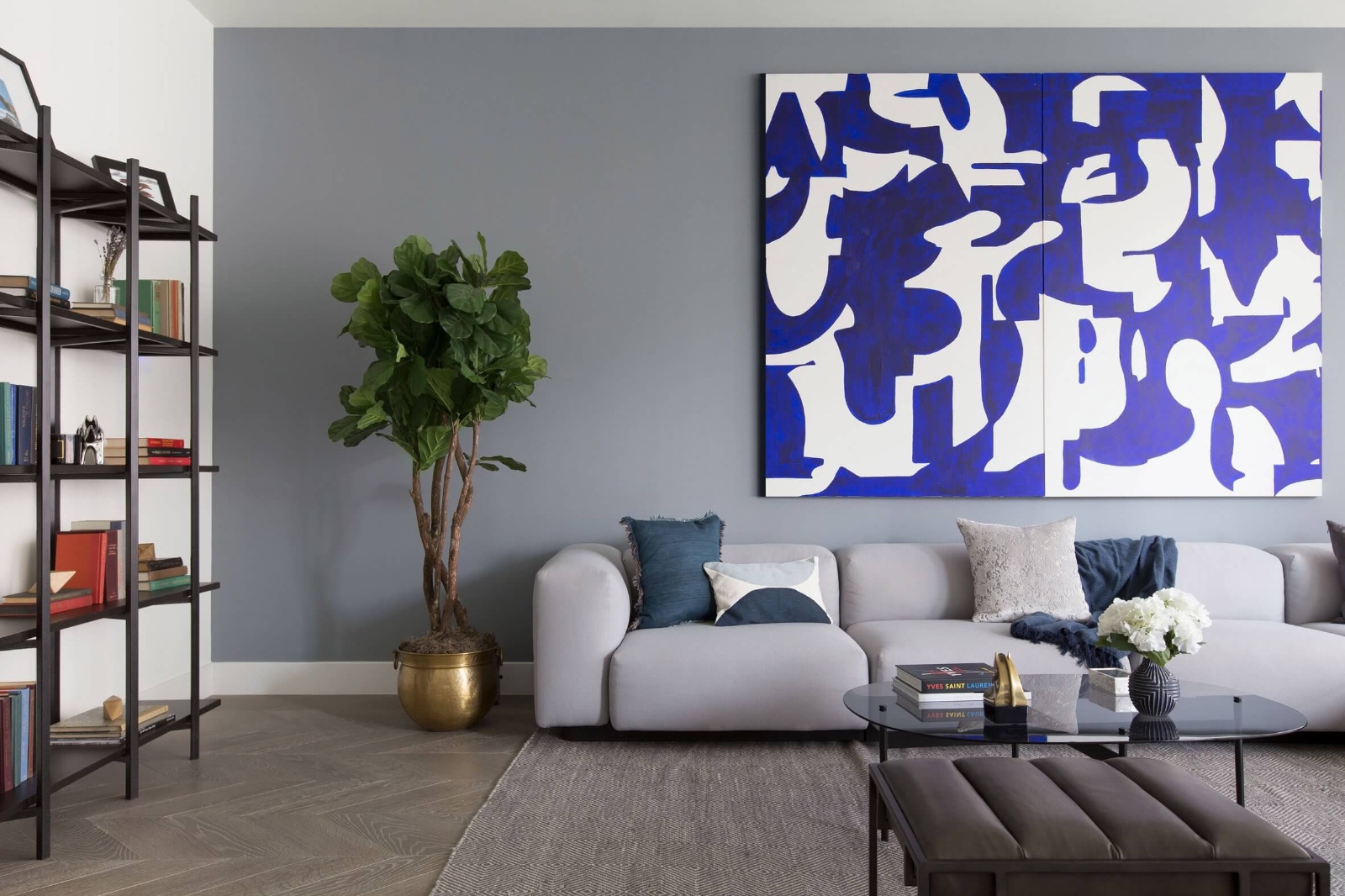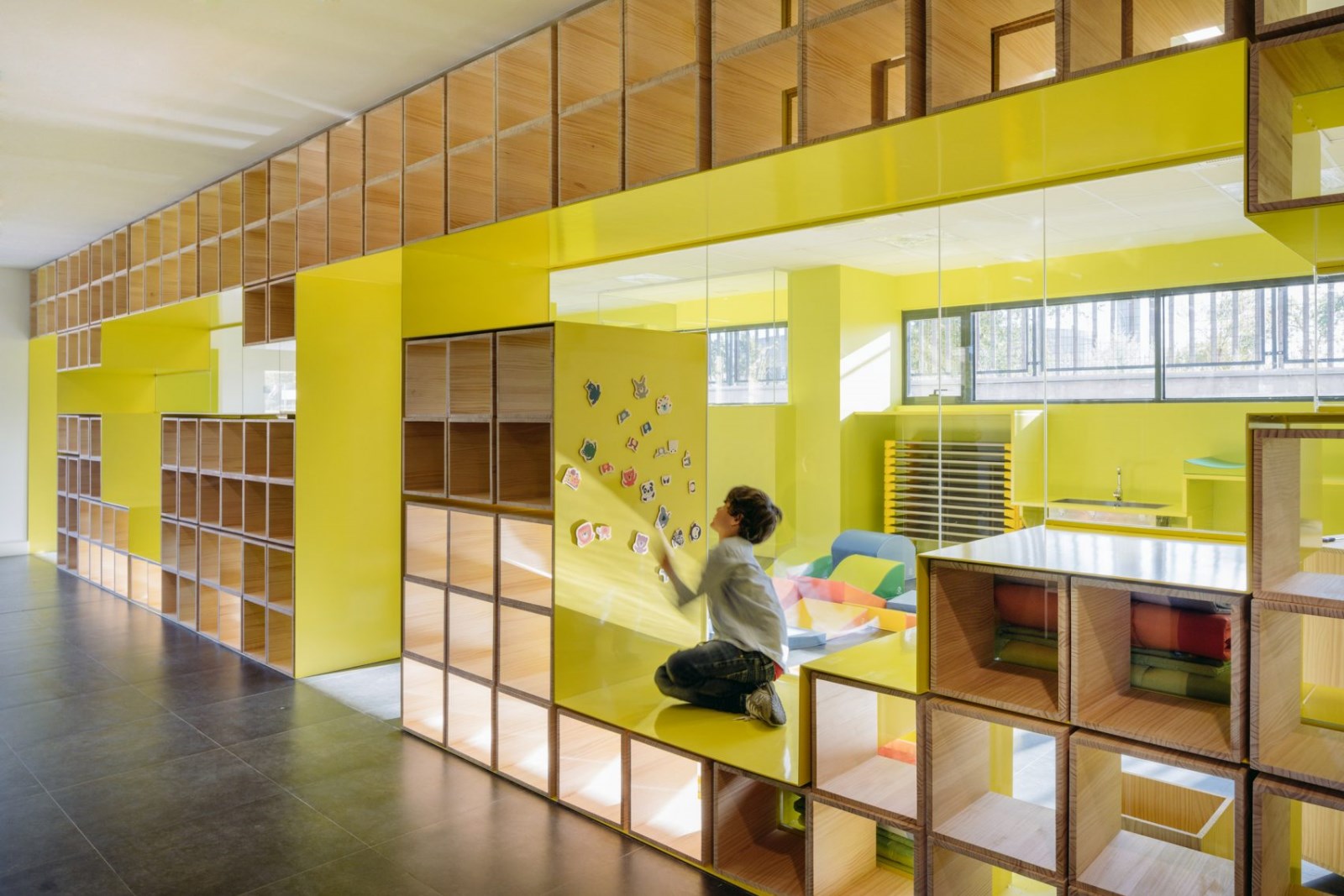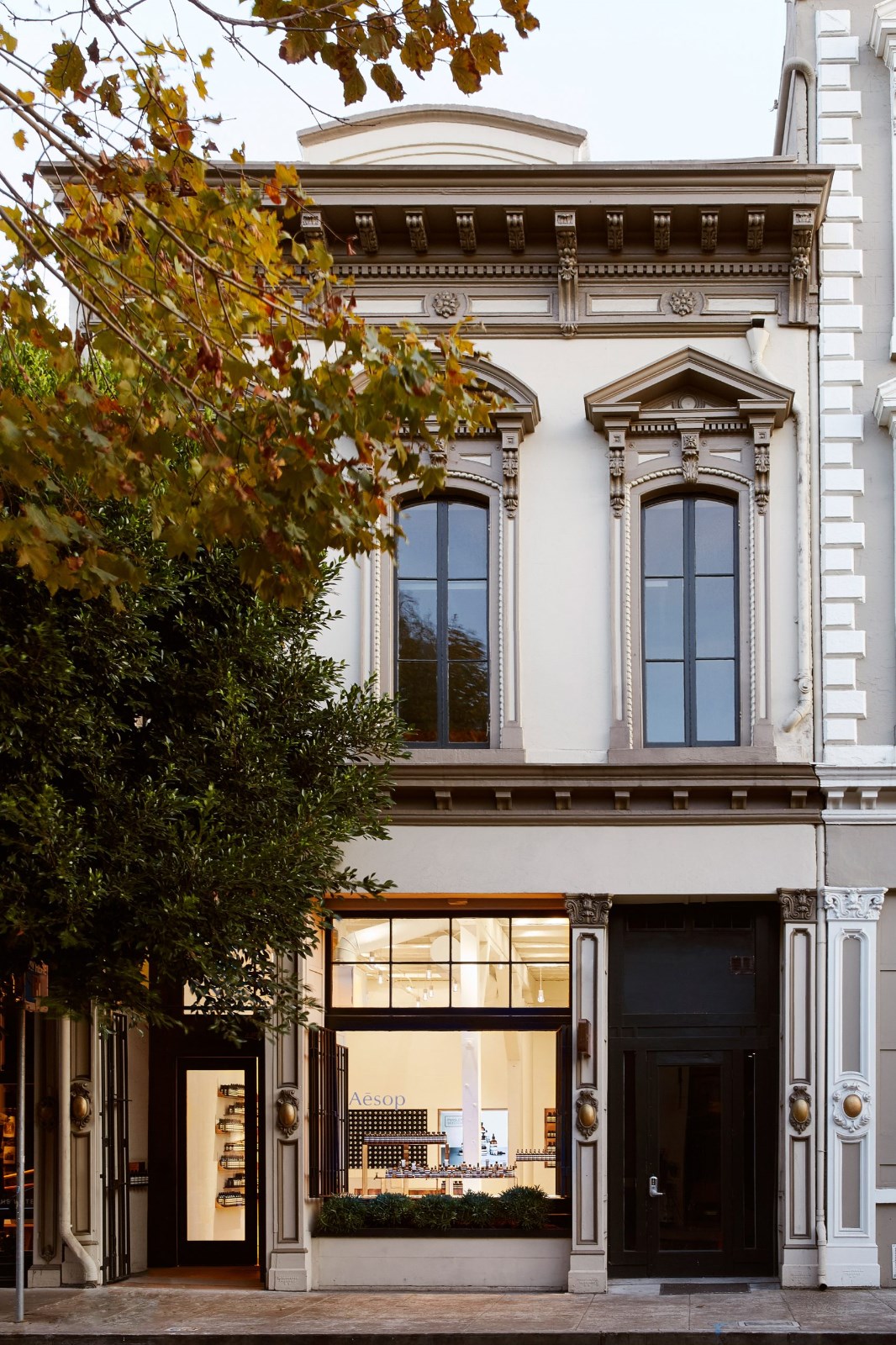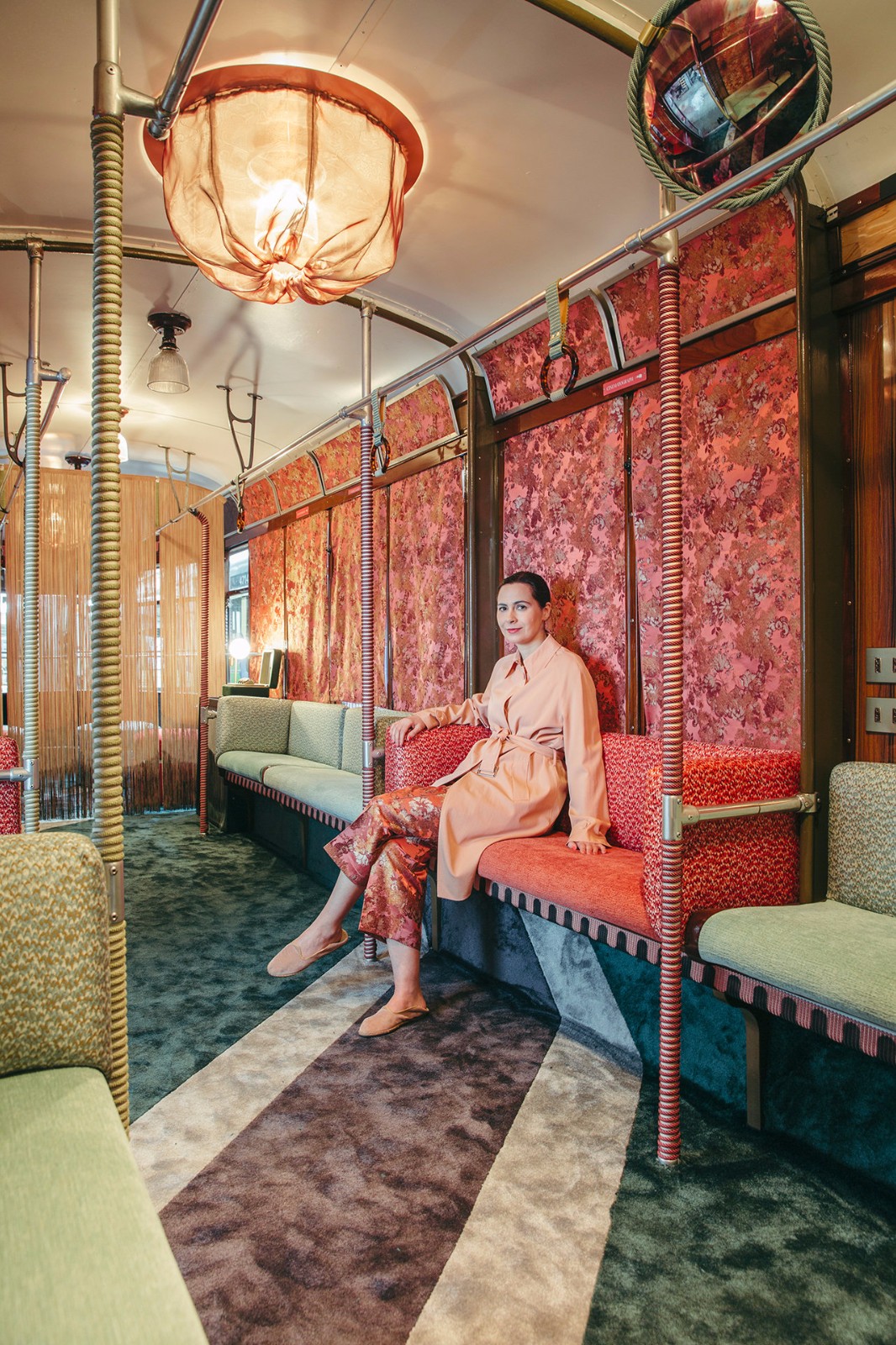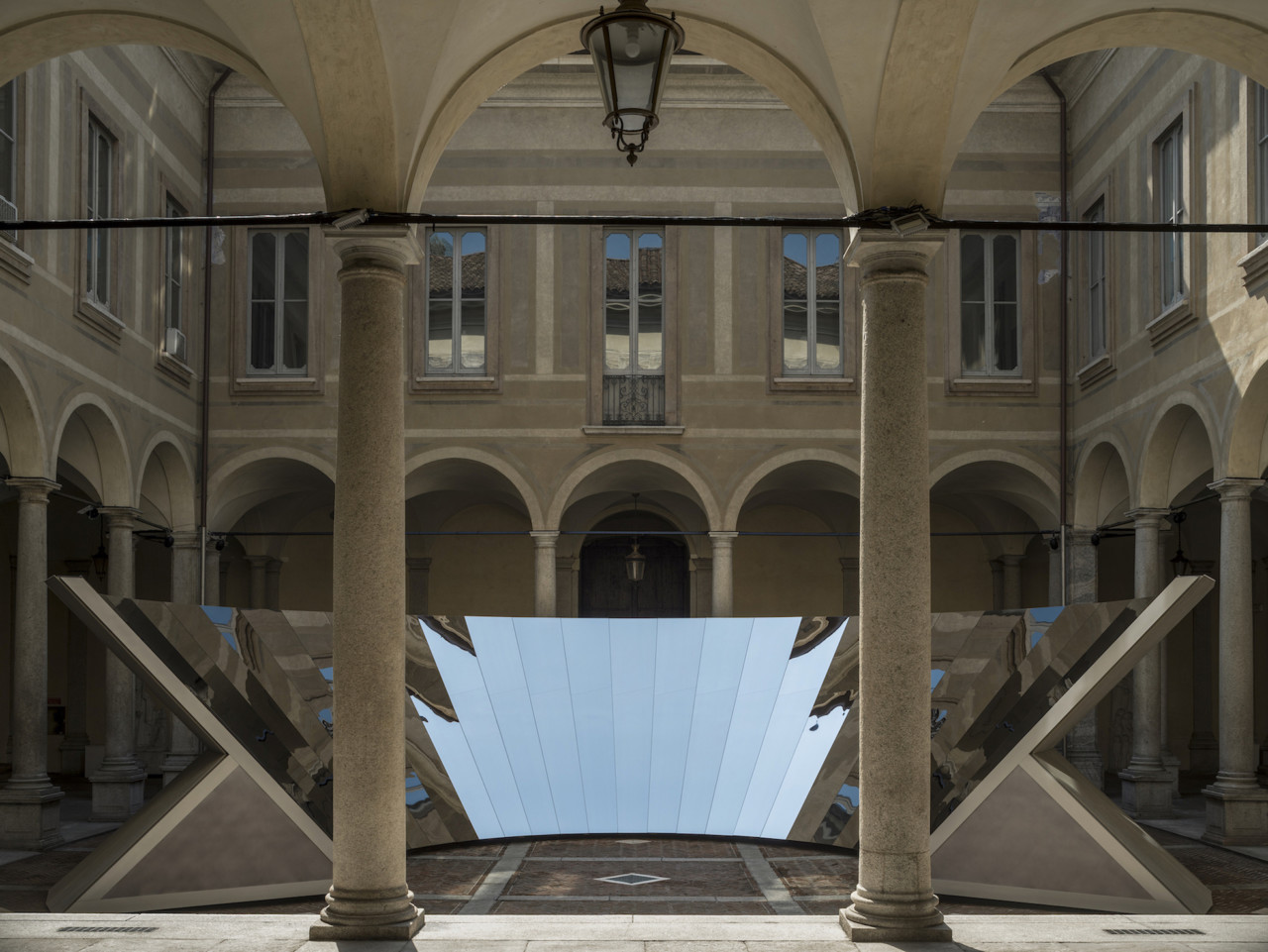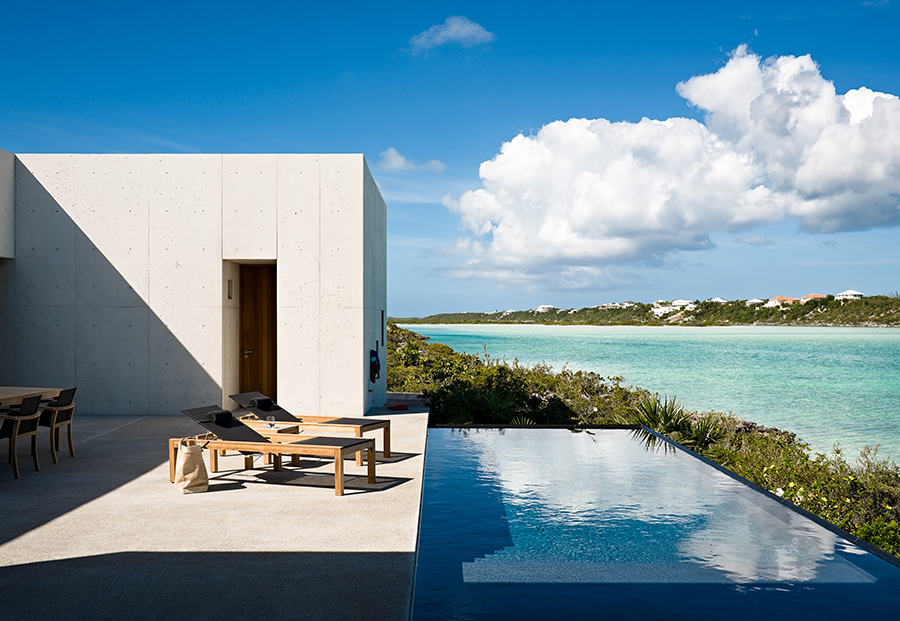Hachi
2016-06-15 22:00
© Hiroyuki Oki
(C)小平之(Hirouki Oki)




架构师提供的文本描述。en在日语中的意思是“火焰”。这家餐馆的中心是厨房里的展示烹饪区。出于这个原因,我们离开了传统的日式餐厅,把厨房和活动展示给了街上。这一设计需要引人入胜,因为它藏在胡志明市日本地区乐成顿街(Le Thanh St.)一条死胡同的尽头。
Text description provided by the architects. En means “flame” in Japanese. The restaurant is centered on the display cooking area in the kitchen. For this reason, we moved away from the traditional idea of a Japaness restaurant and revealed the kitchen and activity to the street. The design needed to be engaging because it is tucked away at the dead end of an alleyway in Ho Chi Minh’s Japanese area, Le Thanh Ton St.
© Hiroyuki Oki
(C)小平之(Hirouki Oki)


1st Floor Plan
一楼图则


2nd Floor Plan
二楼图则


在典型的日本餐馆里,你会穿过一个小入口,穿过一个朴素的门面,进入另一个世界,在里面,你会受到一句热情洋溢的“Irasshaimase!”的欢迎。正如街道之间的环境与内部是分开的,内部的空间又被分割成小块。走廊的尽头是私人房间,屏幕决定了座位空间,长而薄的柜台围绕着狭长的厨房区域。相比之下,我们试图把座位放在前面的立面上,增加上釉的面积,从而最大限度地利用与街道的联系。当你走上入口楼梯到两个高高的滑动门时,你可以看到楼上的食客们正面对着小巷,享受着他们的美餐。原来的2层建筑已经充满了平台,以创造3层的座位空间,堆叠尽可能多的活动入口附近,并创建与厨房下面的连接。
In at typical Japanese restaurant you will pass through a small entrance in an unassuming façade and enter another world on the inside, greeted by a hearty “Irasshaimase!”. Just as the environment between the street outside is separated from the inside, spaces within are divided again into small pieces. Private rooms down a corridor, screens defining seating spaces, long thin counter tables skirting a long thin kitchen area. In contrast, we tried to maximise the connection with the street by bringing seating to the front façade and increasing the glazed area. As you walk up the entry stairs to the 2 tall sliding doors, you can see diners upstairs enjoying their meal as they face the alleyway. The original 2-storey building has been filled with platforms to create 3 levels of seating spaces, to stack as much activity near the entry as possible and to create a connection with the kitchen below.
© Hiroyuki Oki
(C)小平之(Hirouki Oki)


为了创造一种垂直连接和体积感,我们将建筑物的前半部掏空,以连接平台层和上面屋顶的拉面。从不同的座位位置,你可以看到火焰,听到周围的活动,并闻到木炭烹饪下面的味道。我们不仅把空间掏空了,而且还把这座旧管式房子重新铺成了砖和耙。通过暴露建筑物的这些部分,我们能够揭示建筑的原始材料和形式。在拆除了二楼的天花板后,我们发现从天花板的水平一直到屋顶的高度都没有墙。这座建筑一直依靠紧靠的建筑物来保护屋顶空间不受这些因素的影响。一旦暴露了现有墙壁和屋顶的脆弱性,工人们就能够修复这些墙和屋顶并防止进一步退化。木炭格栅排气的2条管道被用作垂直连接空间的元件。
To create a vertical connection and sense of volume, we hollowed out the front half of the building to connect the platform levels and the rafters of the roof above. From different seating positions you can see the flames, hear the activity around you and smell the charcoal cooking below. We not only hollowed the space, but also striped the old tube house back to its bricks and rafters. By exposing these parts of the building, we were able to reveal the building’s original materials and form. Afer removing the 2nd floor ceiling we discovered there were no walls from the ceiling level up to the pitch of the roof. The building had been relying on the abutting buildings to shield the roof space from the elements. Once the vulnerability of the existing walls and roof were revealed the workers were able to fix them and prevent further degradation. The 2 ducts from the exhaust of the charcoal grill are used as an element to connect vertically through the space.
© Hiroyuki Oki
(C)小平之(Hirouki Oki)




餐厅后面提供更典型的日本餐厅空间。隔间房、贵宾休息室(在地板座位内)和开放式horikotatsu客房。一个与“火焰”烹饪风格相契合的主题,是从太阳升起的放射射线中提炼出来的。它被用作整个餐厅的屏蔽和装饰元素。通过用混凝土和木材等原材料对现有建筑的砖和拉面结构进行分层,以及这一主题的叠加,我们的目标是实现一个温暖的、丰富的空间,给越南带来一种新鲜的日本食品体验。
The back of the restaurant offers more typical Japanese restaurant spaces. Compartment rooms, a VIP horikotatsu (in floor seating) and open horikotatsu rooms. A motif fitting with the “flame” cooking style was abstracted from the radiating rays of the rising sun. It has been used as a screening and decorative element throughout the restaurant. By layering the brick and rafter textures of the existing building with raw materials like concrete and timber and the overlay of this motif, we aimed to achieve a warm rich space, bringing a refreshing new experience of Japanese food in the Vietnam.
© Hiroyuki Oki
(C)小平之(Hirouki Oki)


















































Architects Worklounge03-
Location Ho Chi Minh City, Ho Chi Minh 70000, Vietnam
Category Restaurant
Architect in Charge Worklounge03-
Design Team Hiroomi Takemori, Tim Middleton, Le Tuan Dat
Area 170.0 sqm
Project Year 2015
Photographs Hiroyuki Oki


















